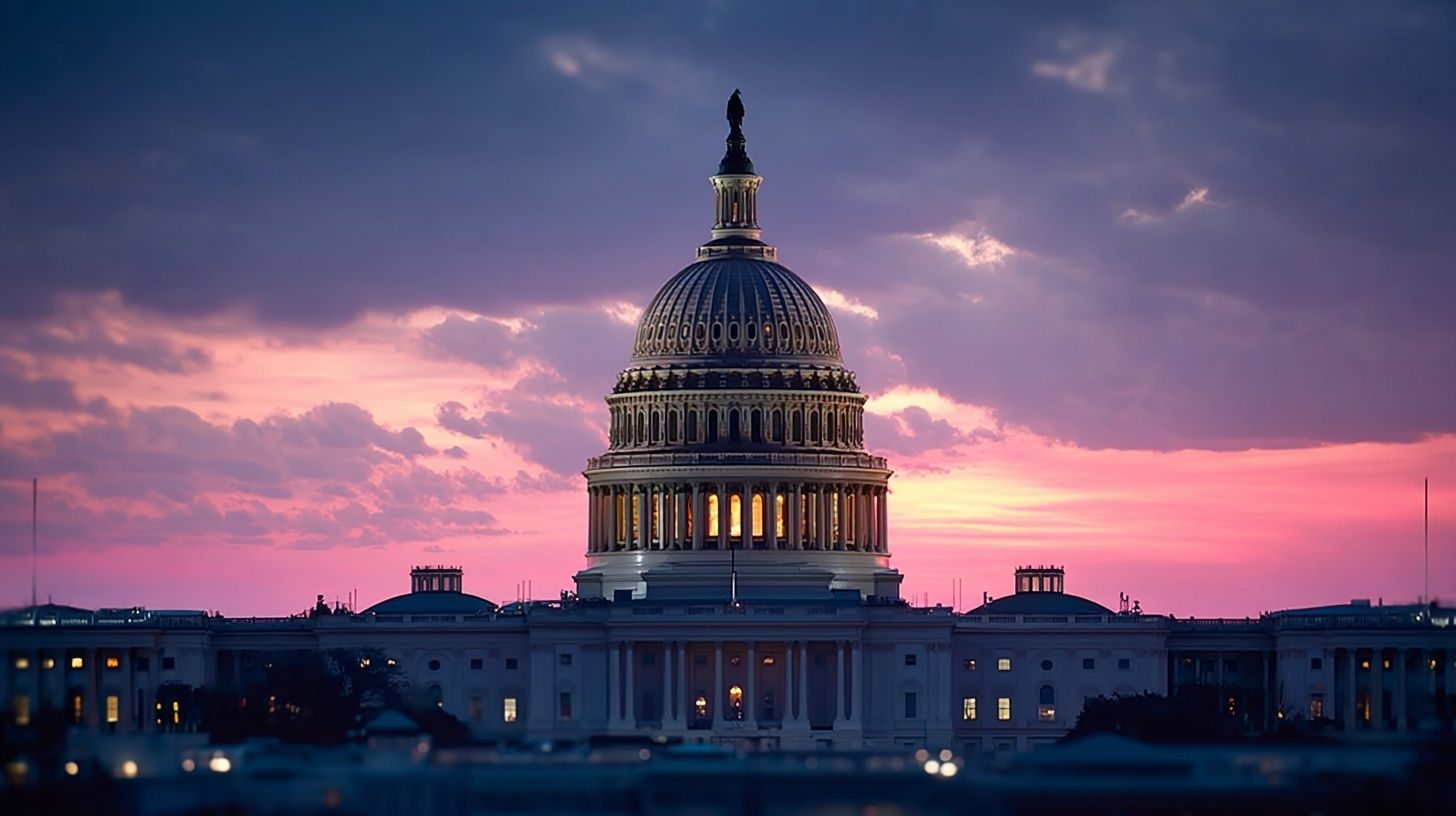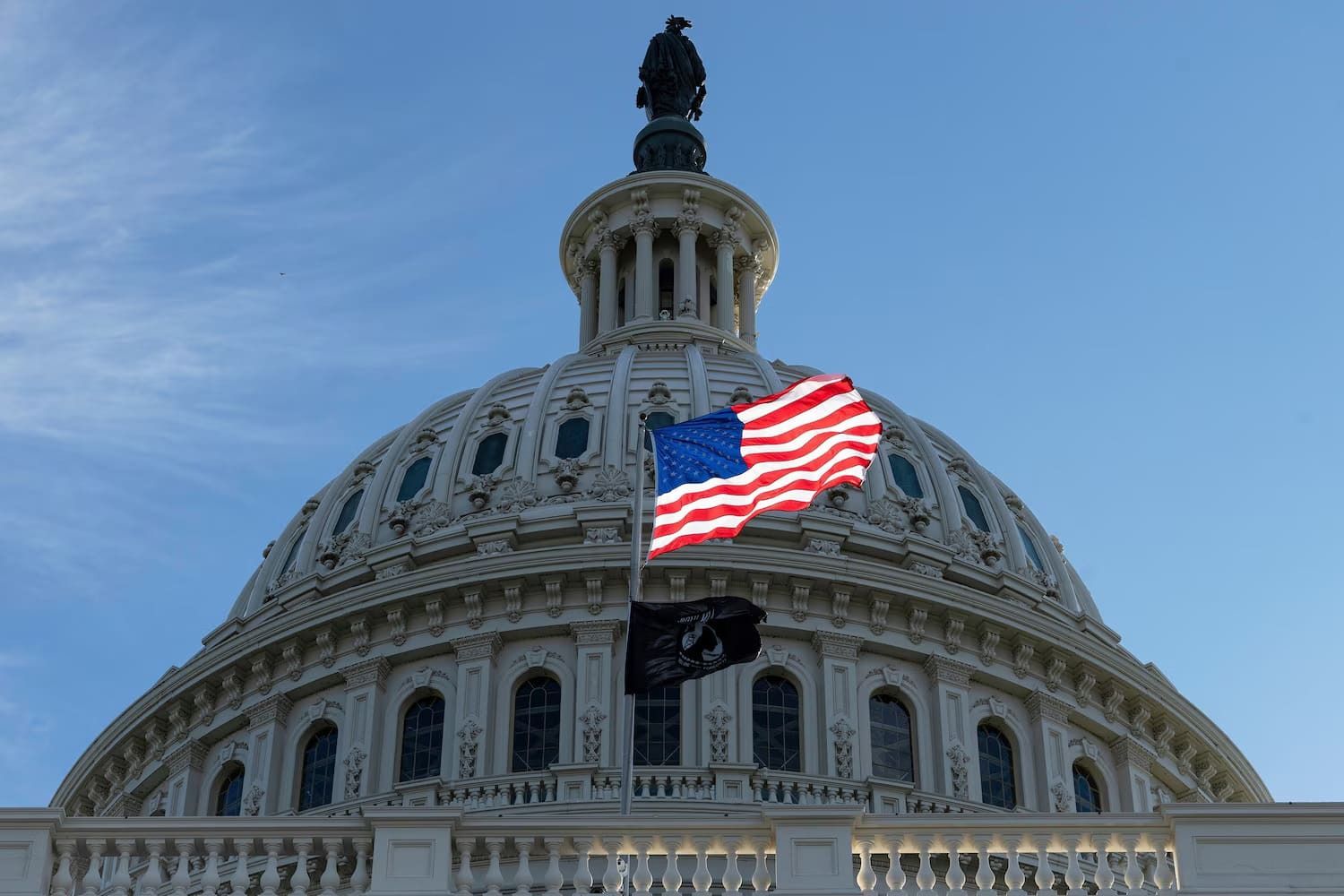The government's been dark for three weeks.
Markets haven't panicked yet. Should they?
The federal government has been closed for 22 days. That makes this the second-longest shutdown in U.S. history.
Remember 2018? That shutdown lasted 35 days. The S&P 500 gained 9% anyway.
Exactly, both records now belong to the Trump administration.
And here's the timing issue. September's CPI data came in at 3.0% annually, below the 3.1% forecast, but that's old news now.
The report covered data collected before the shutdown began. The Fed's now flying blind.
No October data. No employment reports. No retail sales figures.
They're making policy decisions with a rearview mirror while this standoff drags on.
What We Know
Republicans control the Senate 53-47, but they need 60 votes to pass anything.
Democrats are blocking every short-term funding bill that comes to the floor. Their demand is simple: include an extension of expanded Affordable Care Act tax credits before they'll negotiate.
Without that extension, insurance premiums could spike for millions of Americans starting in 2026. Republicans say no.
"Democrats want something that's totally untenable
His position is that healthcare negotiations can wait until after the government reopens.
Democrats see it differently. They argue this is their only leverage to protect healthcare subsidies that expire at year-end.
Multiple stopgap bills have failed.
A standalone military funding measure didn't pass either. Talks between the White House and Senate leadership have stalled.
Democrats are now calling for Trump to get directly involved in breaking the impasse.
What's Actually Happening
Federal workers aren't getting paychecked. Agency budgets are frozen.
The SEC warned publicly that "the shutdown is starting to inflict real economic pain." That's not typical language from a regulatory body, and it signals mounting concern about market stability.
The political calculation here is straightforward.
Republicans think Democrats will eventually fold under public pressure to reopen the government.
Democrats believe voters will blame the majority party for the deadlock, especially if healthcare costs jump next year.
Both sides are betting the other blinks first.
But here's the thing. This isn't just political theater.
Every day of closure compounds operational disruptions across federal agencies. Contract payments get delayed. Regulatory processes halt. Economic data releases slow down.
For businesses trying to plan capital allocation or assess regulatory risk, the uncertainty creates a material drag on decision-making.
The Market Implications
Financial markets have largely shrugged off the shutdown so far.
Either investors are correctly pricing in a quick resolution, or they're underestimating the second-order effects of prolonged government dysfunction.
Watch the Treasury market. Watch consumer confidence data.
Watch whether corporate guidance starts mentioning the shutdown as a headwind.
Those will be the early indicators if this stalemate starts translating into broader economic weakness.
The healthcare piece adds another layer. If those ACA subsidies expire without replacement, insurance premiums become a 2026 inflation story.
That affects household budgets, consumer spending, and potentially Fed policy assumptions.
We're 22 days in. The longest shutdown ran 35 days.
At this pace, we'll have a new record soon. Both parties seem dug in. Neither has offered a face-saving compromise that would let the other claim victory.
This ends when someone decides the political cost of continuing exceeds the cost of conceding.
We're not there yet.






